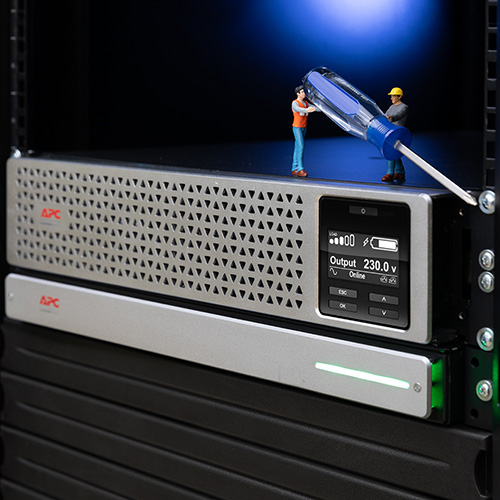How does one determine the resilience of a data centre and what is the best way to measure it? This topic is increasingly pertinent with digitalisation and the rising role of digital devices, as tolerance for system downtime decreases with its growing importance in our lives.
In a recent blog entry, Wendy Torell of Schneider Electric shares her thoughts on existing methods of assessing the reliability of data centres, and suggests that the time is ripe for the adoption of a new standard.

Understanding Data Centre Availability
There is no question that data centres are highly complicated facilities. No two data centres are the same, as they are often constructed to specific requirements and limitations, such as land availability, colocation demand, budget, and planning permission. Other considerations include access to sustainable resources such as recycled water and renewable energy, and of course, the perennial topic of reliability.
Reliability is directly correlated with availability, or the amount of time that a facility is expected to stay running. A data centre with a 99.5% availability means a potential outage of 1.83 days annually or 50.4 minutes a week, while “three nines” availability of 99.9% is equivalent to 8.76 hours of downtime annually, or 10.1 minutes per week. The coveted “five nines” or 99.999% is equivalent to 5.26 minutes of downtime annually, or an infinitesimal figure of 6.05 seconds per week.
So why do so few facilities claim 99.999% availability? The reason has to do with cost, which increases exponentially with each “9” that is required. It is the reason why popular rating systems often revolve around classifying the designs of a data centre based on their inherent reliability. One popular method here would undoubtedly be the Tier system, which uses a simplistic scale of 1 to 4.
Developing a New Framework
Torell considers a scale of 1 to 4 as too limiting, however, while noting that it also doesn’t include options for renewable energy and has no correlation to real-life business applications. She suggests that the Open Standard for Data Centre Availability (OSDA) – developed by the OSDA workgroup at non-profit industry consortium, The Green Grid, may be a better fit.
OSDA uses three types of calculations to produce a numerical assessment from 1 to 10, with a precision of one decimal place. This includes a probability number to model the frequency and duration of outages based on energy sources, simulations to model the availability of combined components into sub-systems, and the use of block diagrams to model the interconnection of energy sources and subsystems.

Torell outlined a hypothetical situation where regulations may prohibit the use of a diesel standby generator. Evaluating this deployment under a traditional Tier system would have resulted in a mundane Tier 1 or Tier 2 ranking. With OSDA, it is possible to incorporate an energy storage device such as a lithium-ion battery, which would deliver three hours of runtime to achieve the same level of availability.
Though still in development, OSDA aims to be a less rigid framework that considers the impact of alternative energy sources and innovative designs focused around efficiency, says Torell. You can read more about the lithium-ion battery solutions from Schneider Electric here. The OSDA tool can be accessed here.








